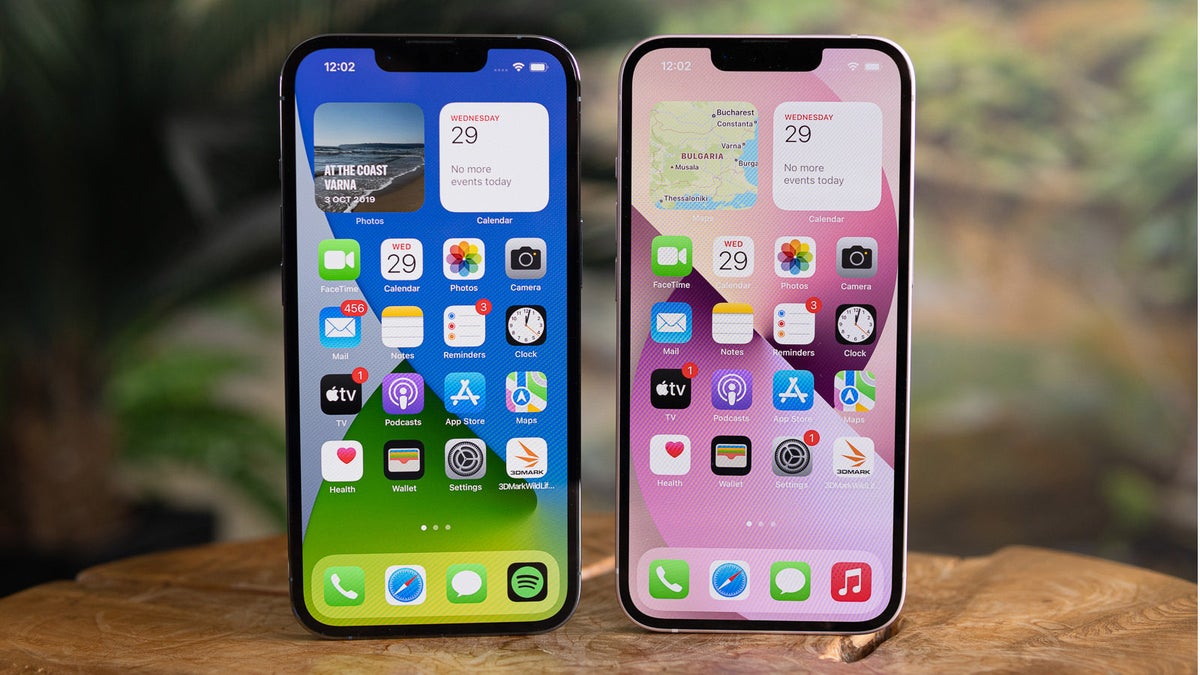Apple's alternative iPhone 14 display supply runs into problems
We may earn a commission if you make a purchase from the links on this page.

After struggling for years to escape Samsung's near-monopoly on OLED display supply for its iPhones, Apple is poised to struggle some more. Just when it thought that its second alternative iPhone display supplier, BOE, is ready to hit 20% share in its screen supply chain, thus reducing the cut of Samsung and LG's expensive panels to 60% and 20%, respectively, now comes the revelation that it can't.
Blaming chip shortages, BOE has apparently advised that it can't deliver the 40 million panels needed to become a 20% Apple supplier this year. The LX Semicon (formerly Silicon Works) display drivers that BOE needs to package the iPhone 13 and, potentially, the iPhone 14 displays, are in a supply restriction stage this month and the next, report The Elec's industry insiders.
Apparently, there are simply not enough chips to provide both BOE and LG with the quantity of display drivers for iPhones they ordered, and LX Semicon's priority will now go to ensuring LG's iPhone OLED display production first. If the BOE supply chain disruption persists in both February and March, it may barely be able to hit a 10% share of Apple's iPhone OLED display production, let alone the planned 20%.
BOE is currently supplying the 60Hz panels for the iPhone 13 and it had high hopes to secure more orders from Apple as it had already honed its skills, despite that Samsung is reportedly planning to sue it for patent infringement over its OLED display production technology.
The up-and-coming Chinese OLED makers from BOE have also been in the running for the 6.1" iPhone 12's OLED display, but used to deliver poor yields with sufficient quality, leaving Apple with only Samsung and a sprinkle of LG as OLED production sources.
Last year, however, the iPhone 13 and iPhone 12 units in circulation were graced with much more panels that are not of Samsung origin, and that trend will most likely only be intensifying going forward, until Apple decides it needs to make a foldable iPhone, then all supplier diversification bets are off.
Just around the iPhone 11 time, Apple tried to move away from Samsung by probing LG and BOE yet their yield wasn't nearly enough for anything but small batches or repair parts, so Samsung again got the lion's share of iPhone OLED supply orders. In 2020, however, Apple was apparently more confident that LG is finally up to the task, and ordered 20 million 6.1" iPhone 12 panels from it. Bear in mind that the 12 is a direct heir of the iPhone 11 which in turn has been the most popular phone to buy in the US since launch which speaks volumes about how far LG's quality control might have gotten.
The fact that Apple trusted LG with its most popular iPhone OLED panel size demonstrates a level of preparedness that LG probably didn't have just a year or so ago, and explains the heavy investments and prioritization of its small and medium size OLED panel production lines.
Until the iPhone 12 batches, Apple had only rarely tested the waters with LG OLED displays, as small and medium sized ones are not the company's strong suit, unlike big TV panels. Instead, it relegated LG to secondary display supply functions for iPhone screen replacements or wearables like the Apple Watch. Ditto for the BOE's iPhone panels, but now the rumors are that LG has mastered its LTPO OLED display technology enough to earn Apple's trust for both the iPhone 14 Max and iPhone 14 Pro displays.
This would probably mean that all the iPhone 14 series versions but the smallest 6.1" OLED panel, will be arriving with high refresh rate screens. Now, whether there will be improvements in the dynamic refresh rate range, such as on the Galaxy S22 Ultra that can now go down to 1Hz even, remains to be heard when Apple announced the iPhone 14 Pro series.
Follow us on Google News












Things that are NOT allowed:
To help keep our community safe and free from spam, we apply temporary limits to newly created accounts: